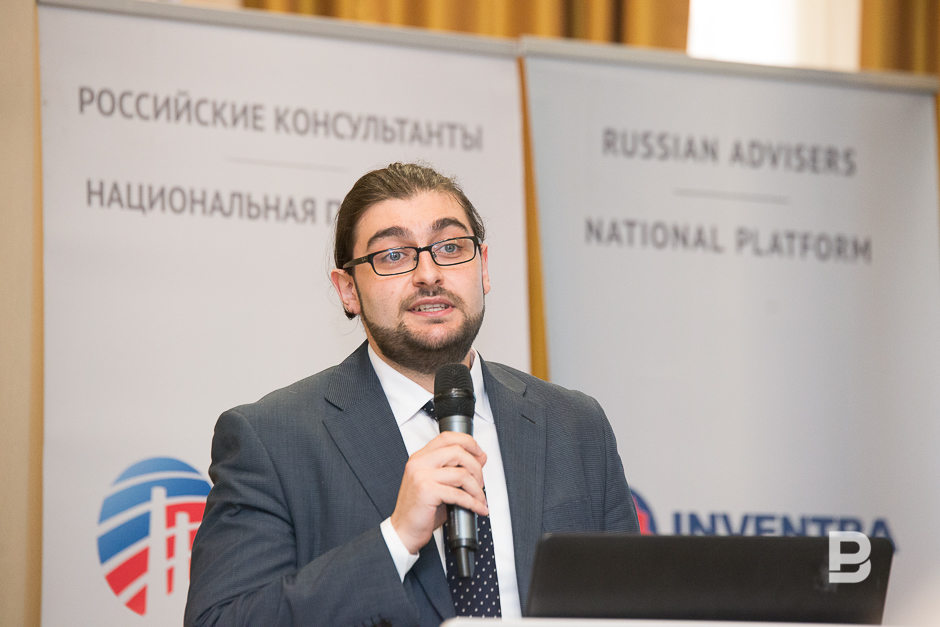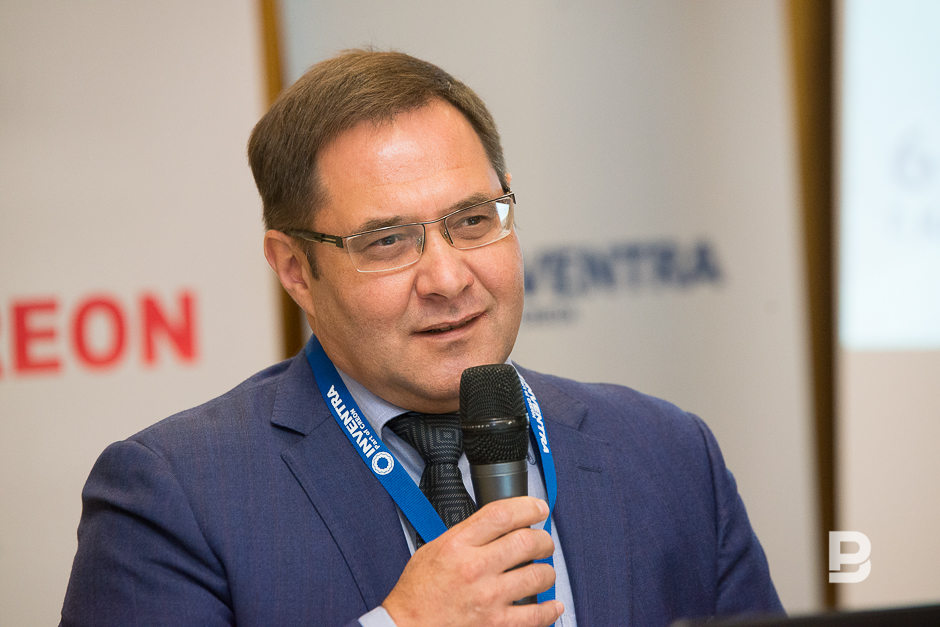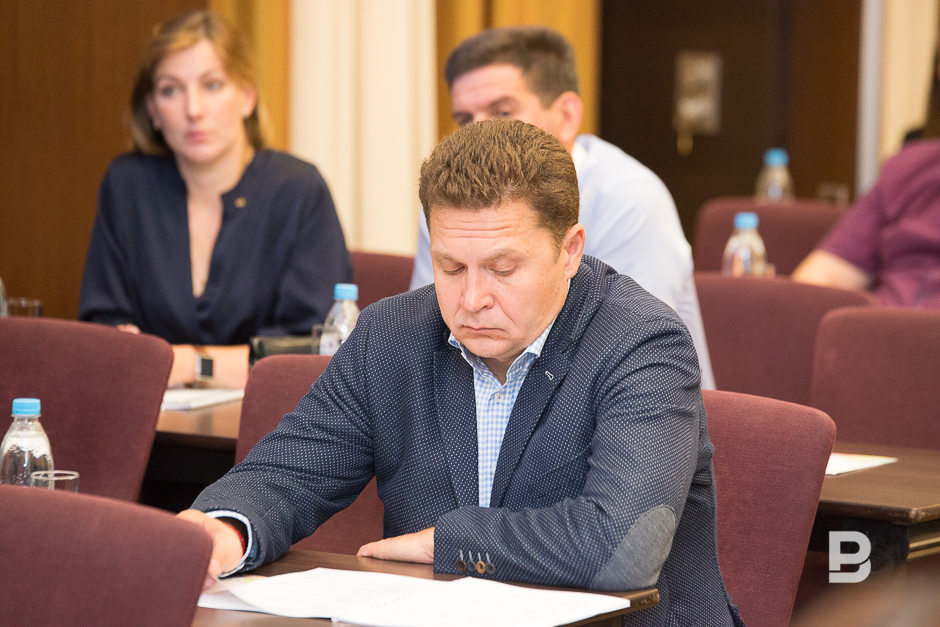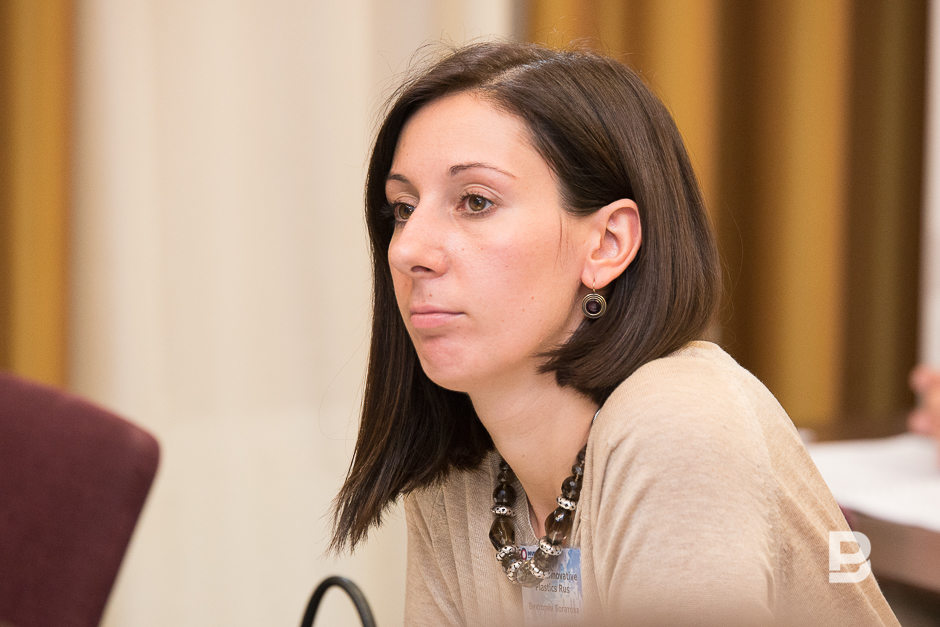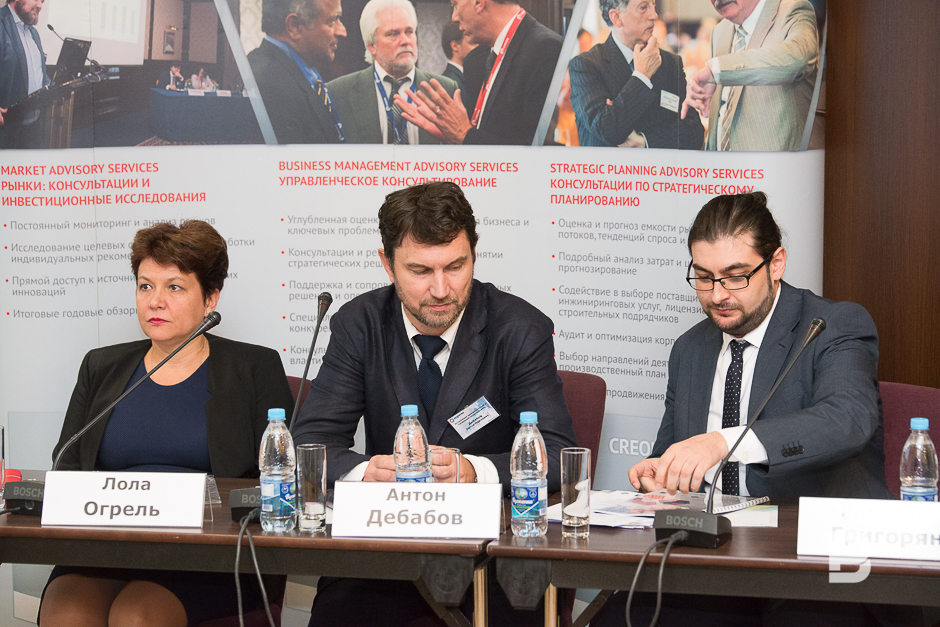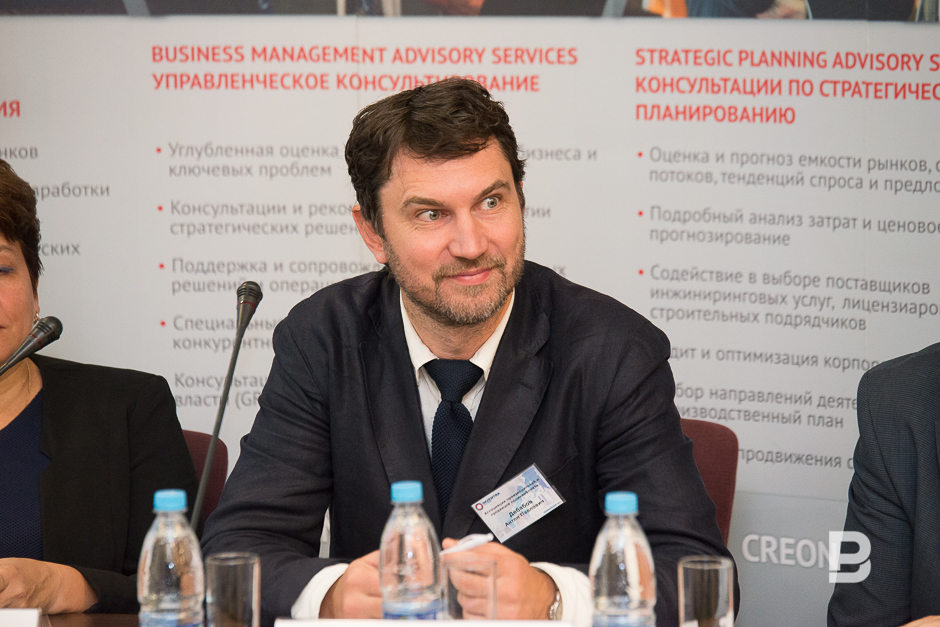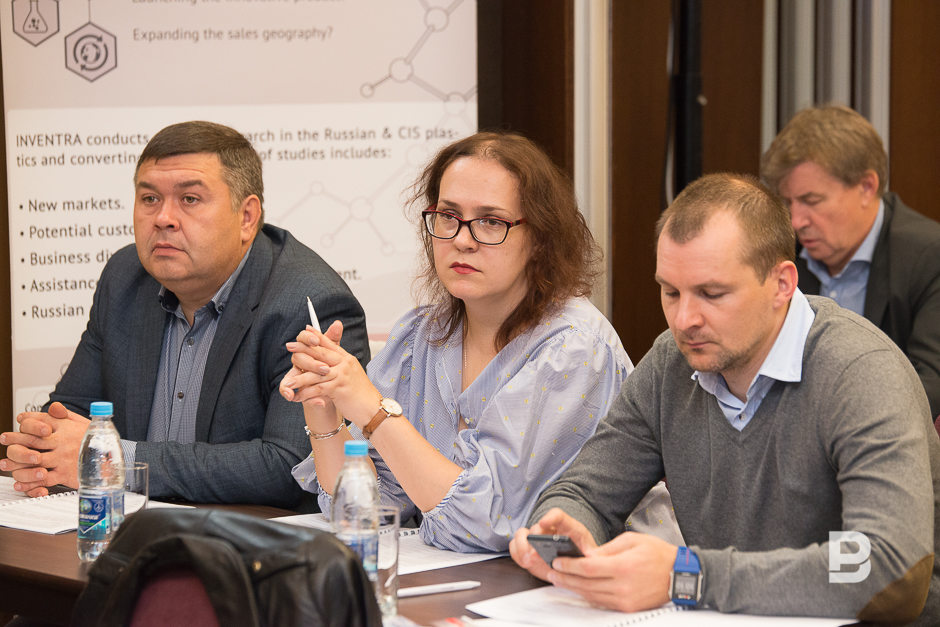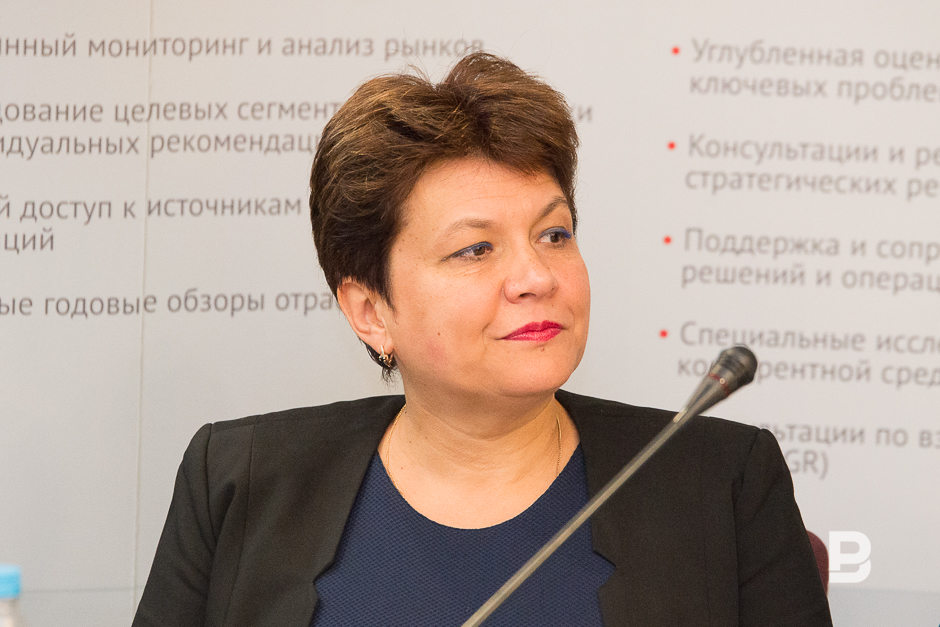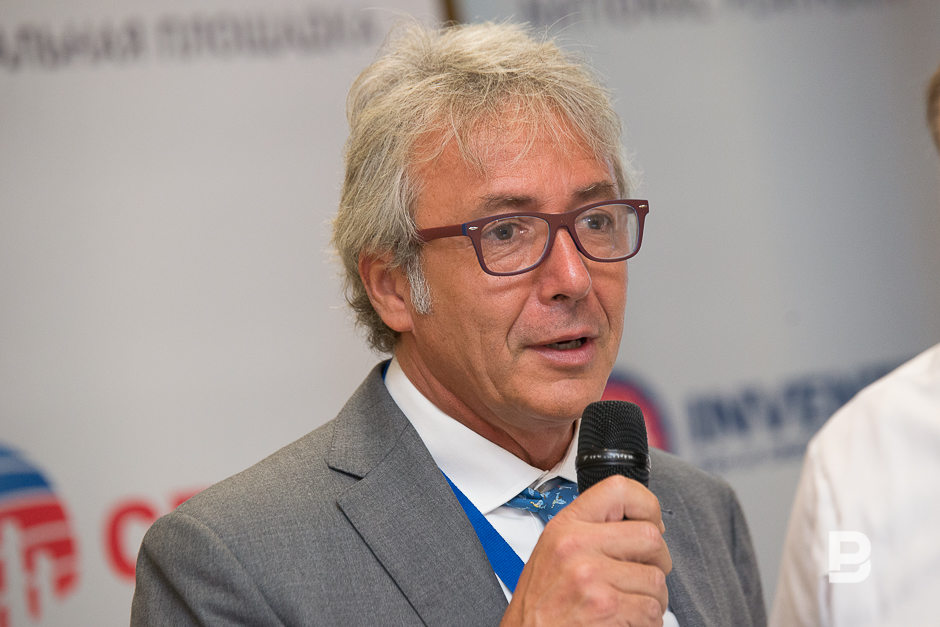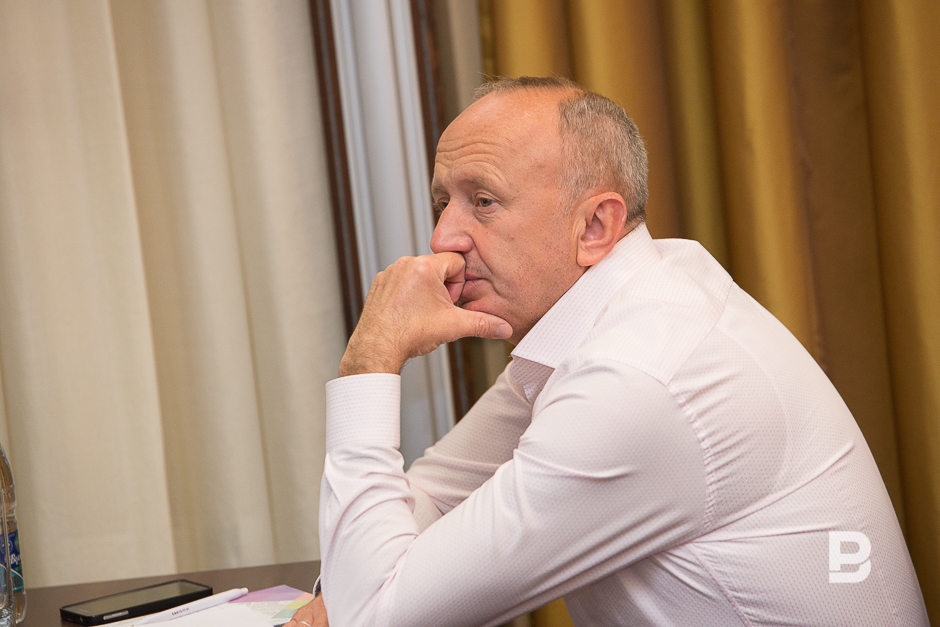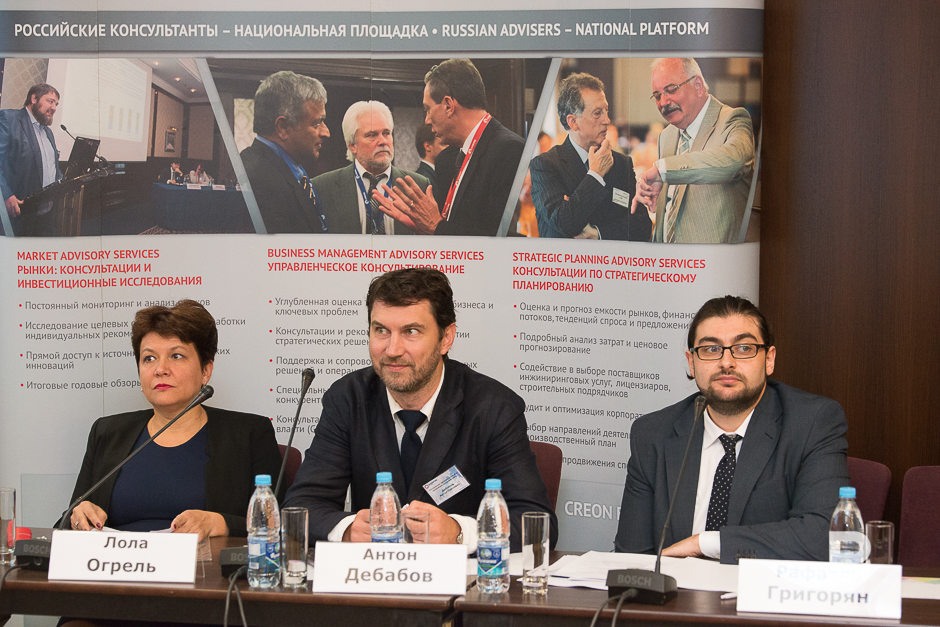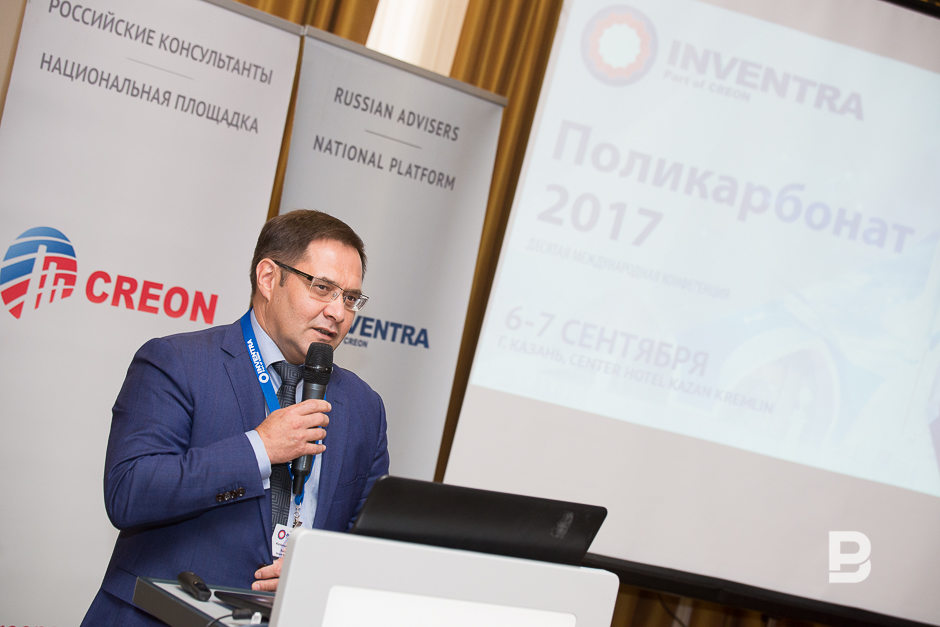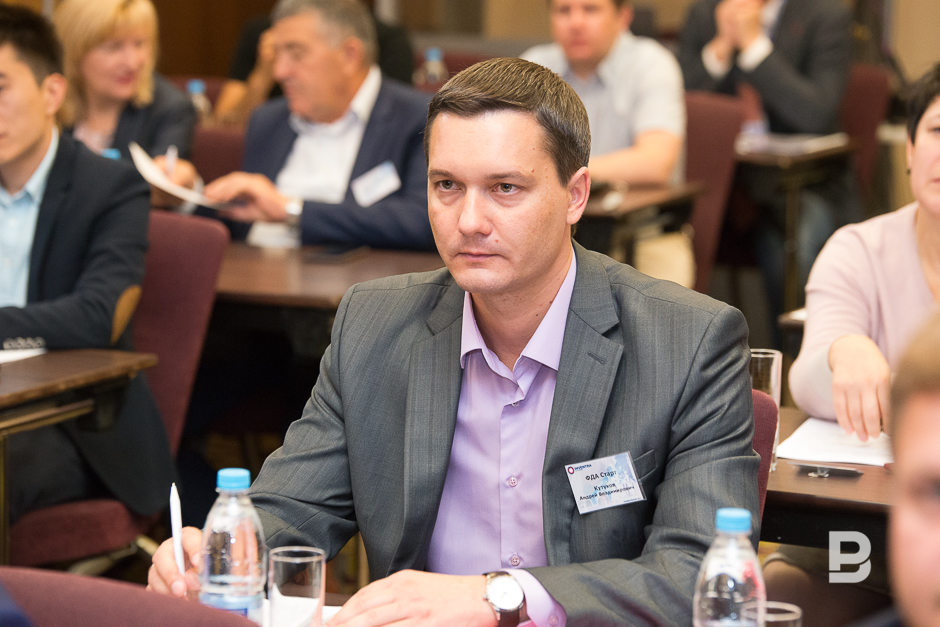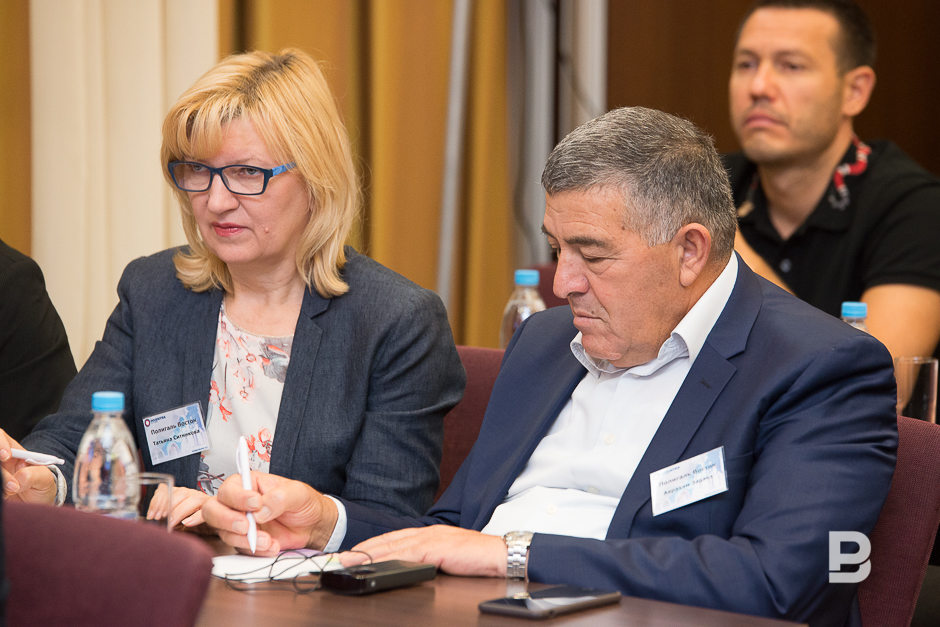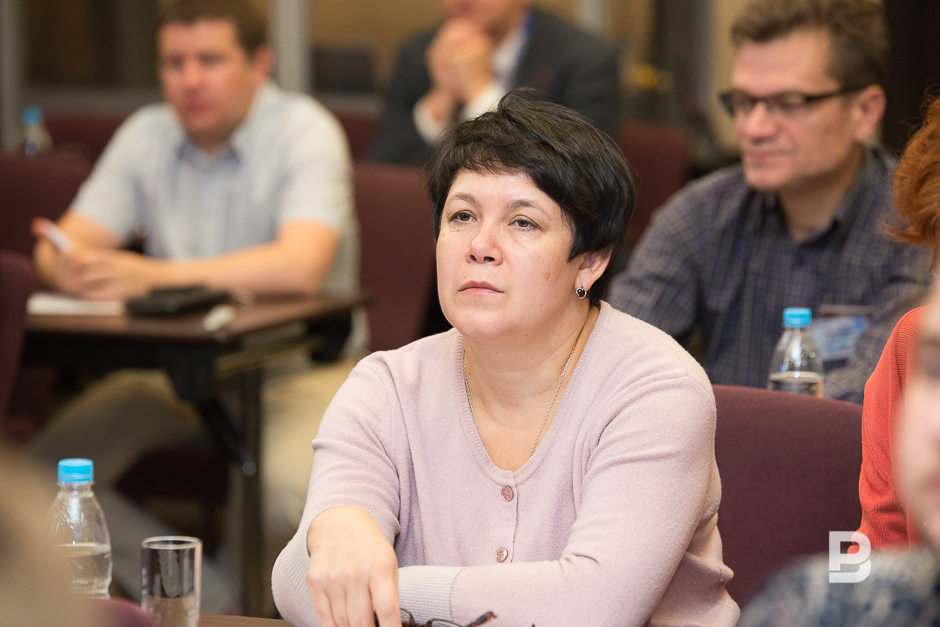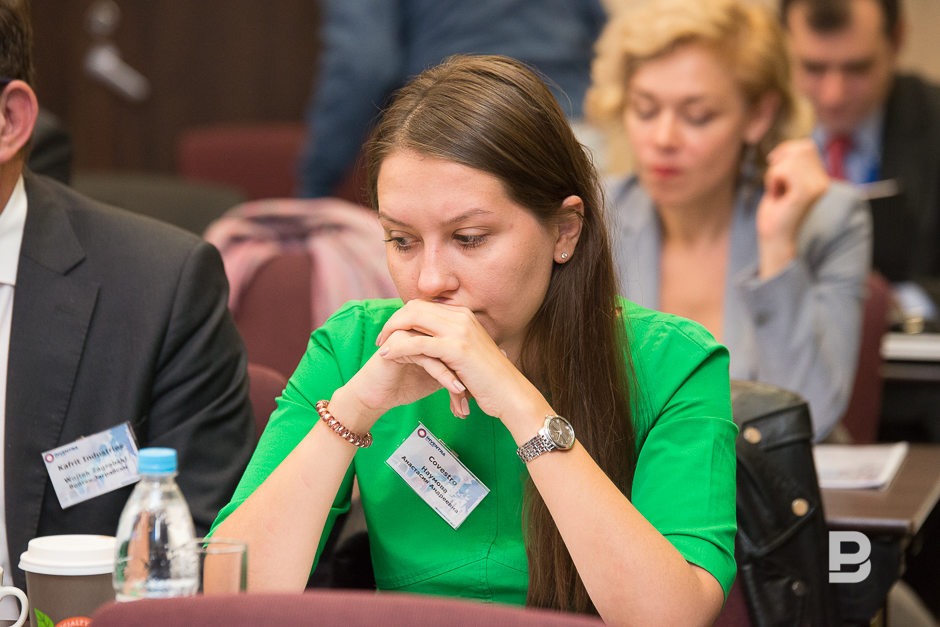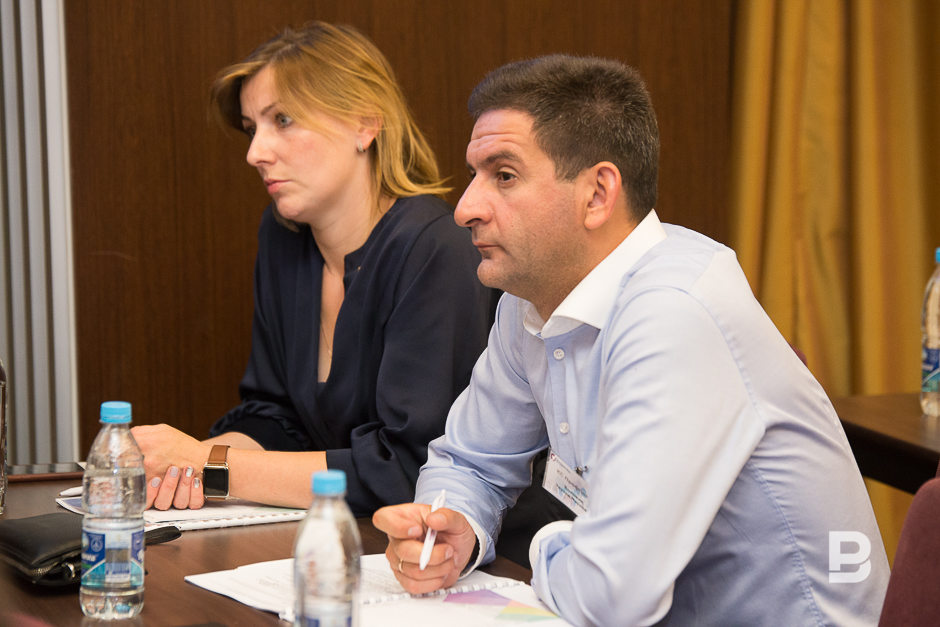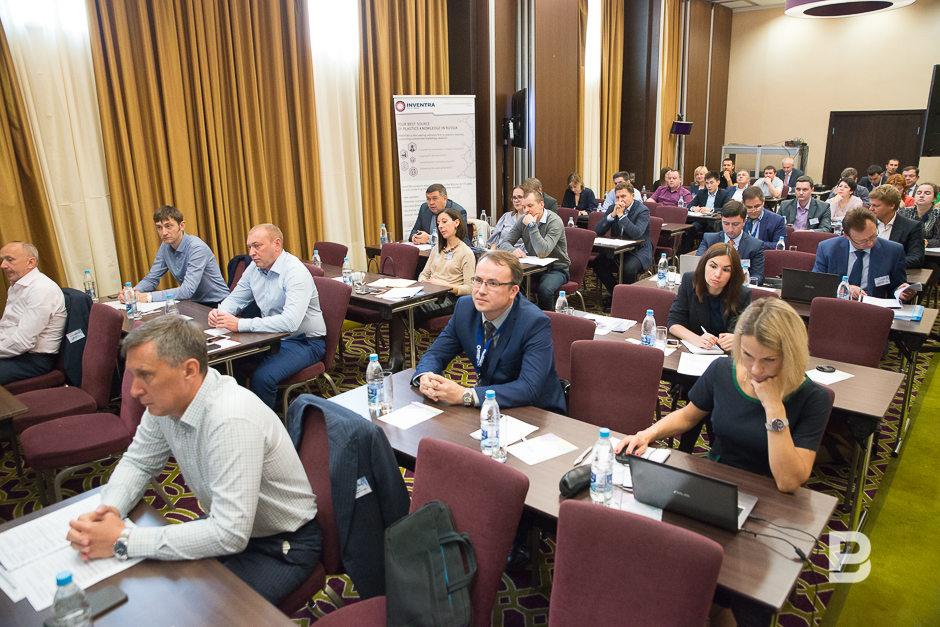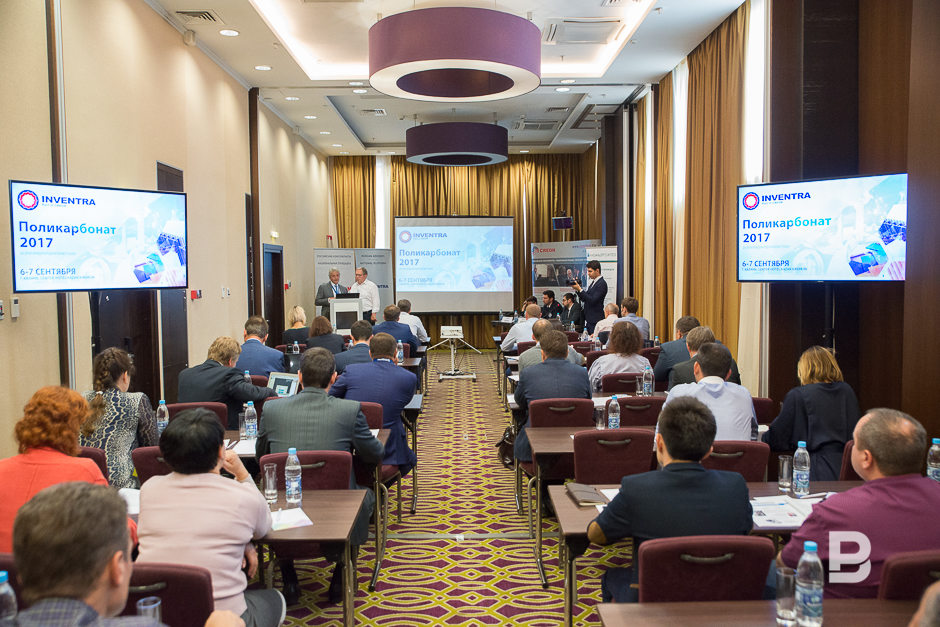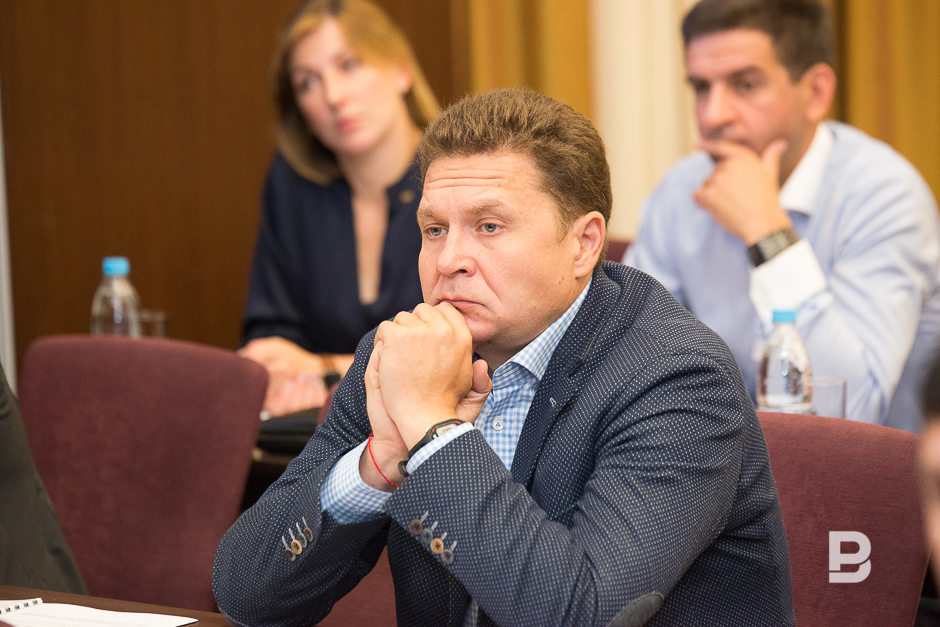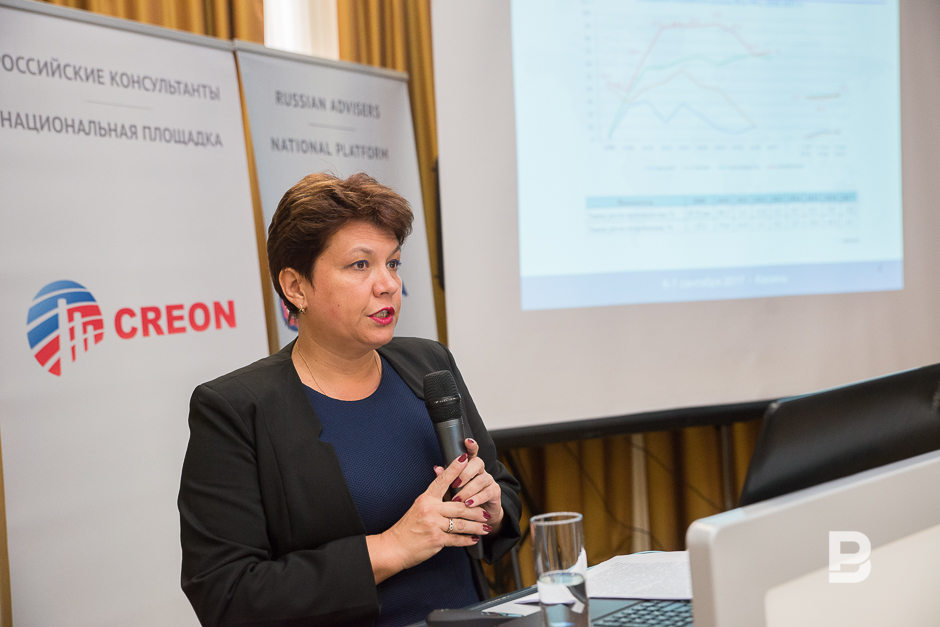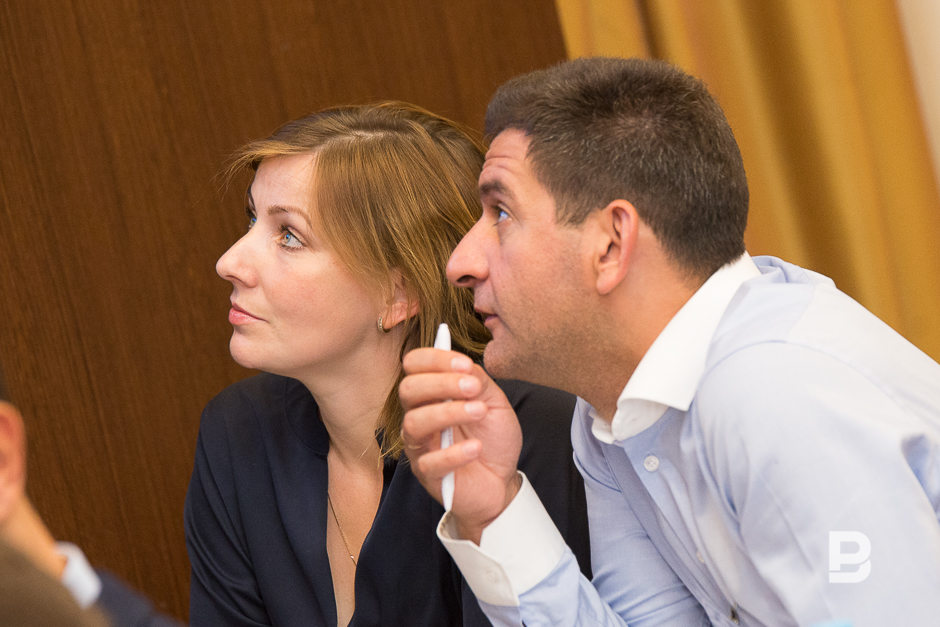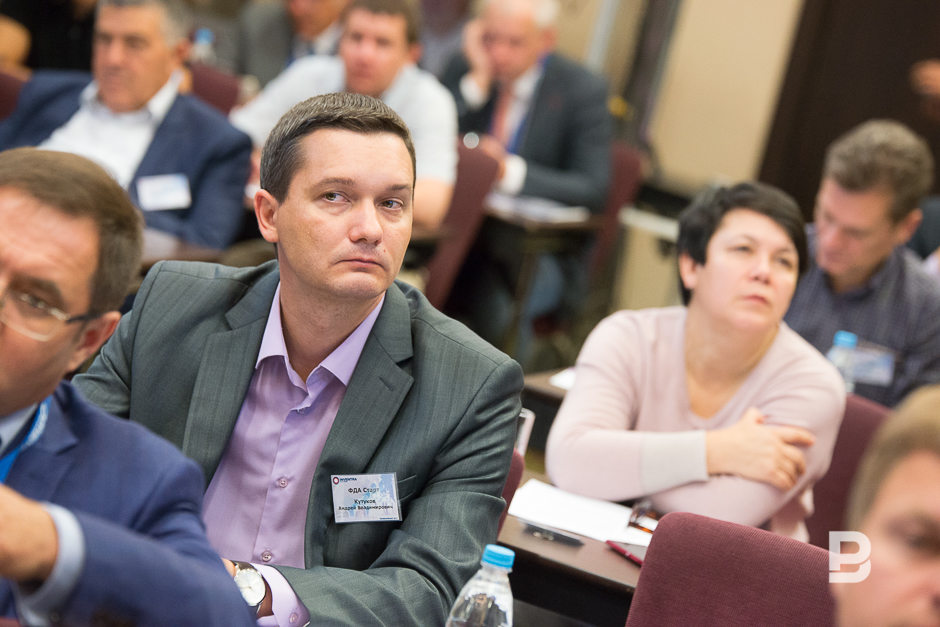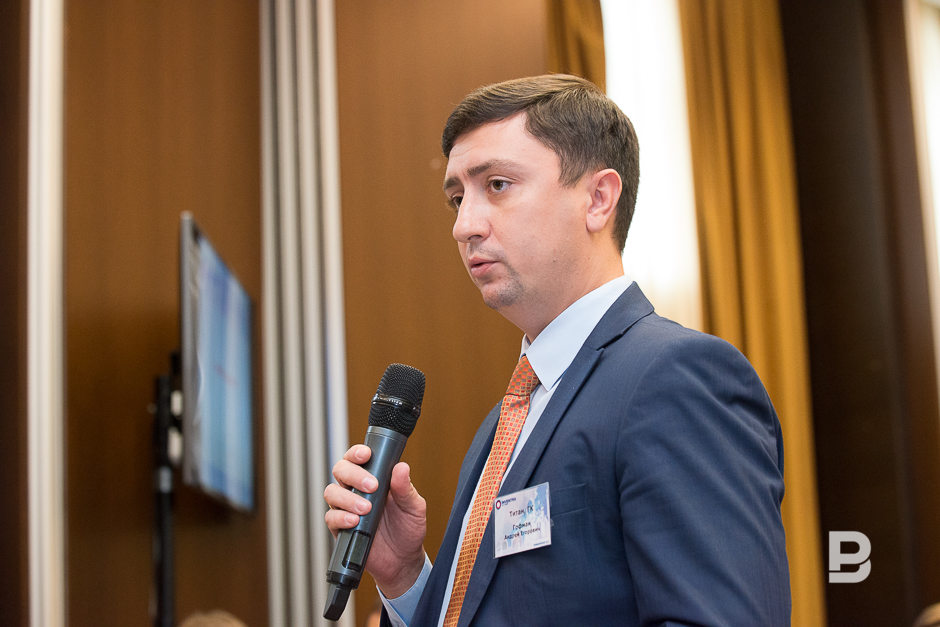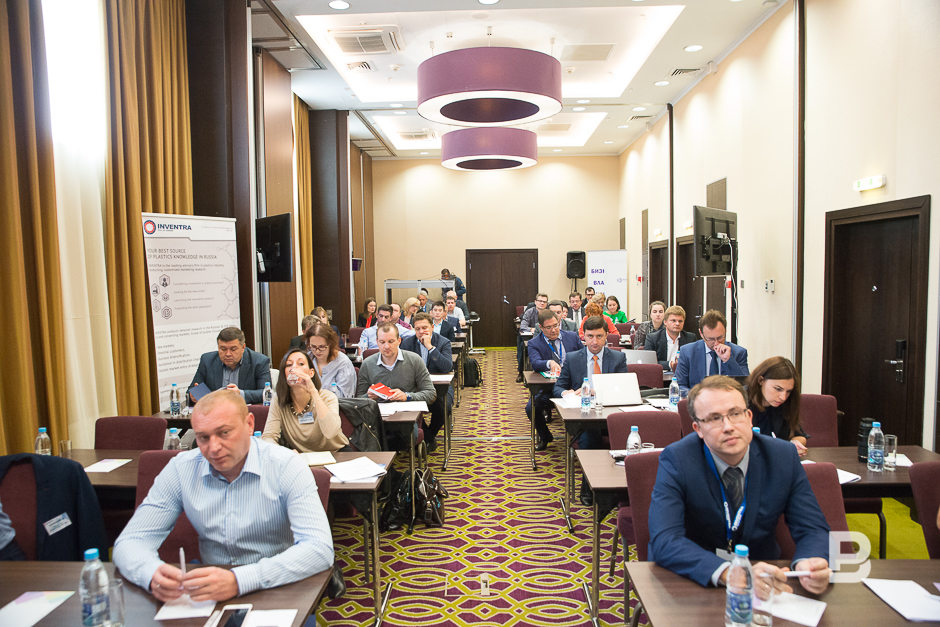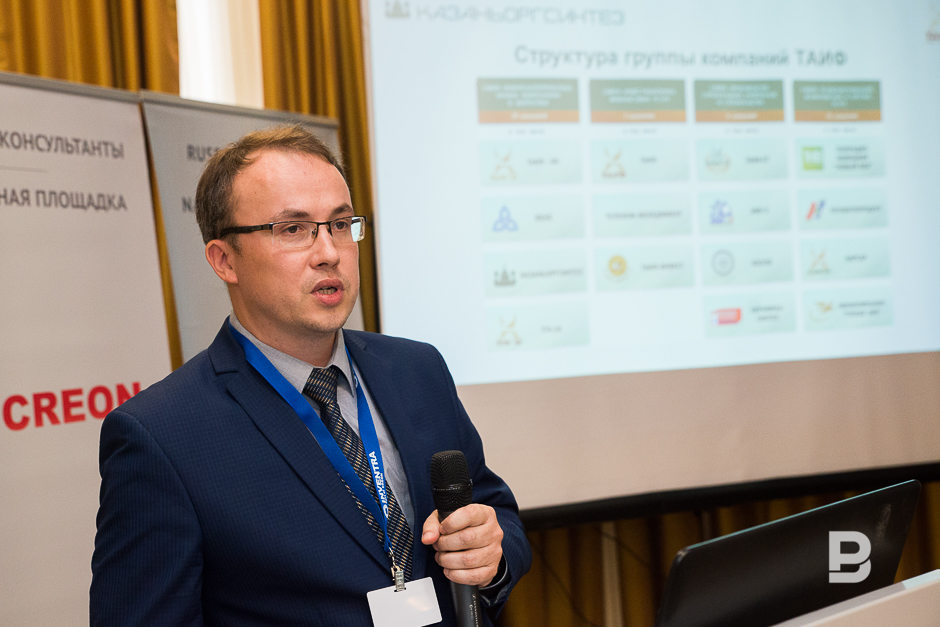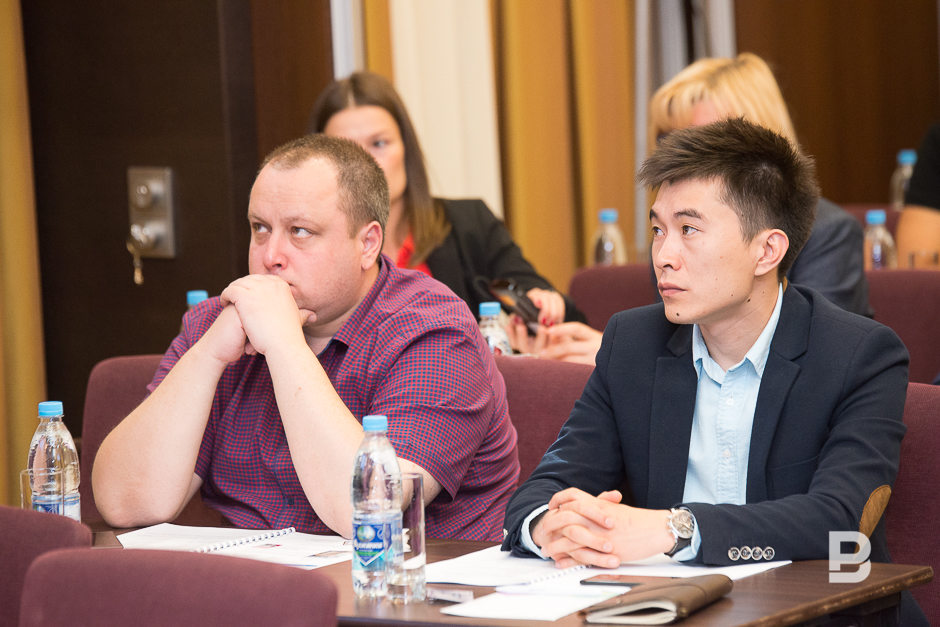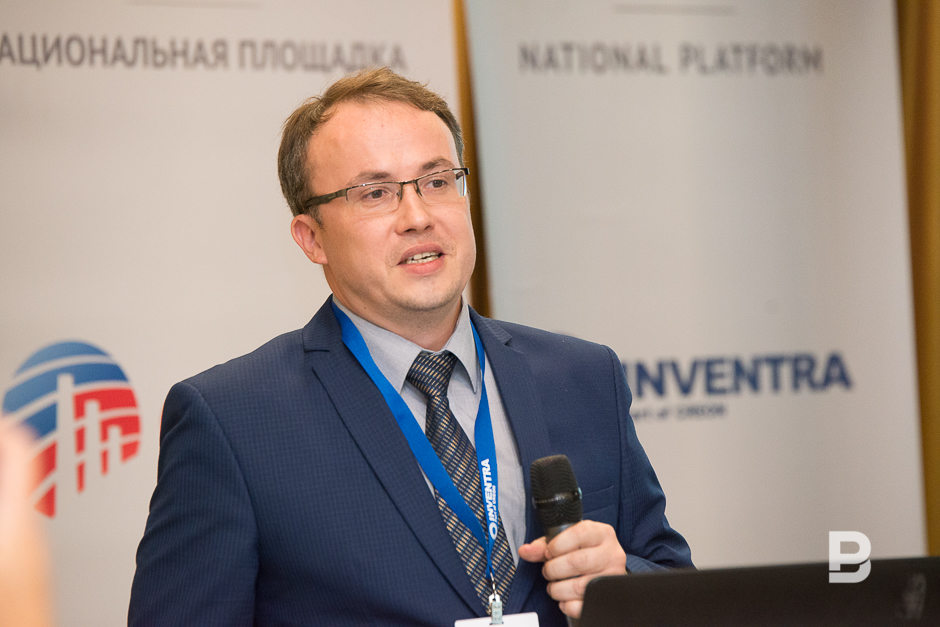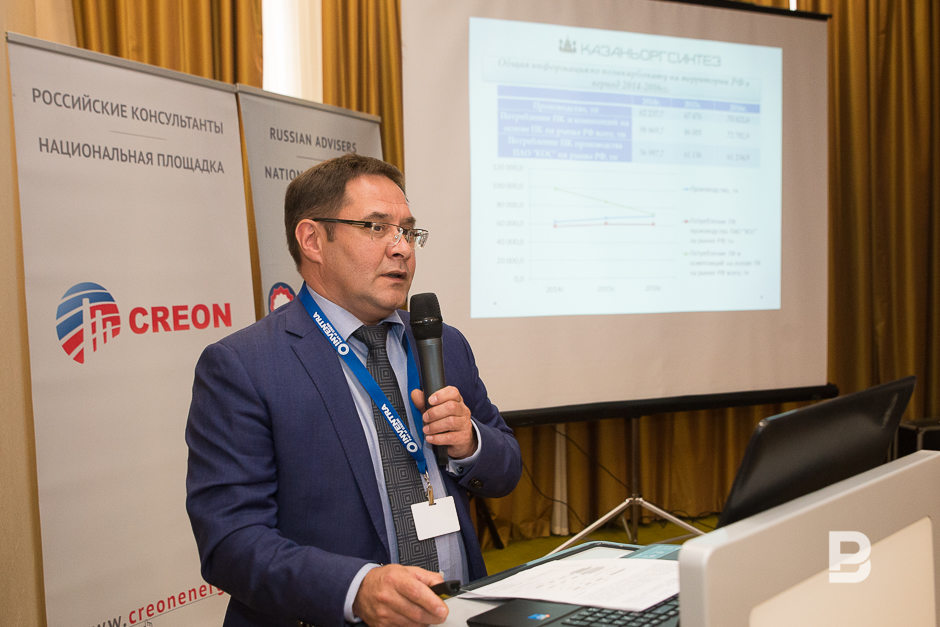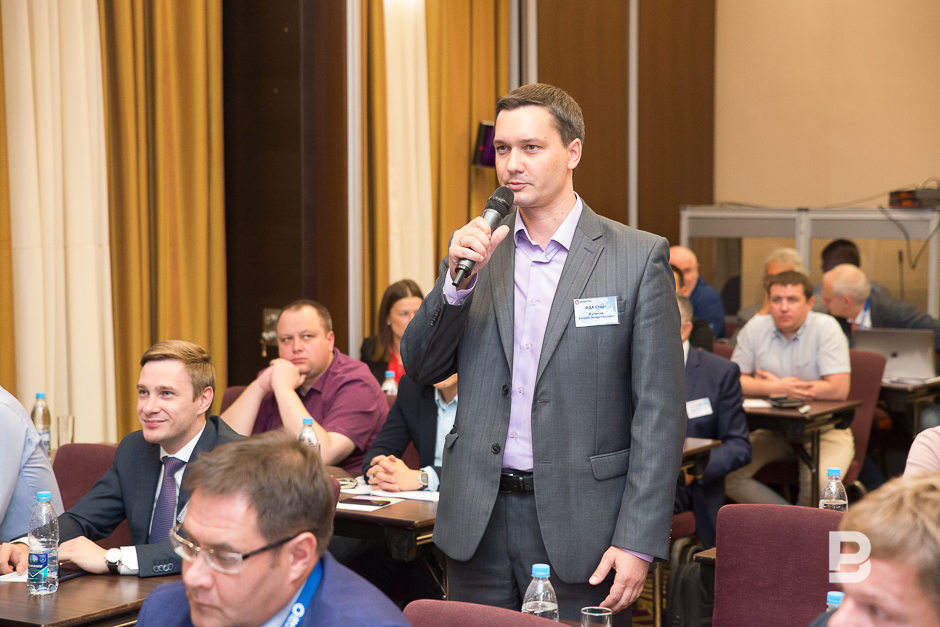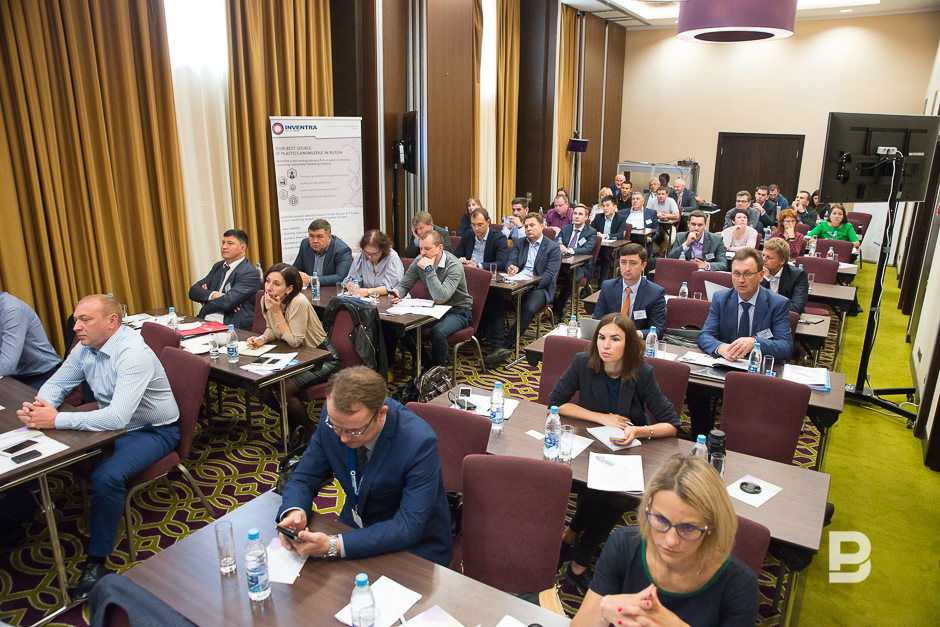New players want to participate in repartition of Russian market of polycarbonates
Russian and global producers of polycarbonates, traders and end consumers of plastics came to Kazan to participate in the 10th conference Polycarbonate 2017, which was held in the framework of Tatarstan petrochemical forum. Despite all difficulties and forecasts, Russian market of polycarbonates year by year surprisingly demonstrates a slight but steady growth. Whether Kazanorgsintez, the only producer of polycarbonates in Russia, will have competitors, what the price for this kind of plastics depends on, and why Russian Railway abandoned its use – read in the article of Realnoe Vremya.
Polycarbonate production volume in 2017 in Russia will amount to 68,000 tonnes
Welcoming the participants of the polycarbonate market in the hall of Center Hotel Kazan Kremlin, the organiser of the conference, director general of INVENTRA Rafael Griroryan, noted annual positive dynamics of the market of plastics in Russia. However, domestic brand assortment does not fully meet the consumer requirements, that's why purchases abroad continue. The more detailed digression into the world of Russian polycarbonate was made by Lola Ogrel, director of the analytics department in the group CREON.
She noted that before the launch of polycarbonate production at the plant Kazanorgsintez PJSC in 2008, the Russia market was based exclusively on imported raw materials. In 2009-2013, the company significantly increased a growth of polycarbonate production, quickly reached the maximum load at 65,000 tonnes. The demand for this kind of plastic in 2009-2011 increased almost 2,5 times.
In the next three years, the growth rate of polycarbonates (PC) consumption decreased by 0,5-2,5% a year. The market of virgin polycarbonate reached the maximum volume in 2014 with the figure of 95,600 tonnes. ''The following years, 2015 and 2016, were difficult not only for polycarbonate processors but also for the whole industry of polymers in general. The ruble devaluations made the import product unaffordable for most market participants, domestic raw materials deficit led to a significant reduction of polycarbonate,'' said Lola Ogrel.
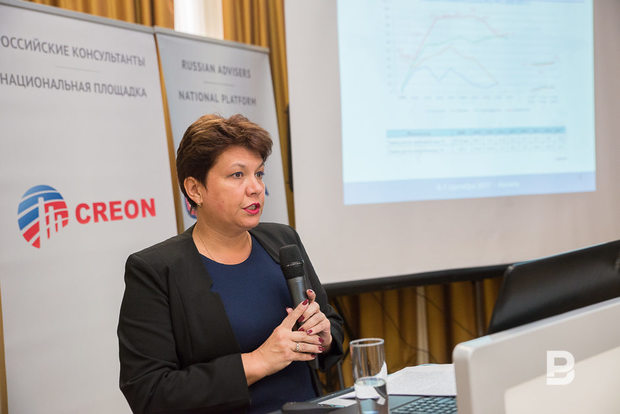
The results of the first half of 2017 showed that after two years of decline the market of polycarbonates has begun to revive. A growing demand is satisfied due to a growth in import product supply and export decline. Despite a growing demand, PC production volume is expected at the level of 68,000 tonnes this year, which is by 3,000 tonnes less the last year's result.
Lola Ogrel reminded that the only PC producer in Russia is still Kazanorgsintez, where the non-phosgene method is realised, developed by Asahi Kasei Chemicals Corporation. Today the assortment includes about 10 brands of polycarbonate of general and optical purposes. Out of them, more than 80% of production amount accounts for extrusion-type brands. Amid a falling demand, the production of polycarbonates at Kazanorgsintez in 2014-2016 showed a positive dynamics, added 8,5% in 2015 and 5% in 2016.
SABIC concedes Russian market to Germans
Supply-demand balance on the Russian market of polycarbonates is regulated by export-import operations. In 2009—2012, despite a growth in domestic production, import supplies also increased. In 2009, it was imported 30,000 tonnes, in 2012 – 57,000 tonnes of products. A share of import polycarbonate in the total volume of consumption during this period was 50-70%. In 2013-2014, a growing demand for domestic products affected a decline in import, which in the conditions of the maximum capacities load of the Russian producer allowed to cut export supplies. The export share decresed from 40% in 2012 to 28%, and then even to 14%.
As for the polycarbonate import structure, over the last years major supply volume, from 65 to 85%, accounts for castable brands, from 11 to 25% — for extrusion-type brands of polycarbonate. Before 2016, the main company supplying PC in Russia was SABIC. In 2016, there were changes in the import structure. SABIC reduced the supply volume sixfold. The leader on the market among foreign producers became the company Covestro. It supplies to processors 4,000 tonnes of polycarbonate. The third place was taken by the Korean company Lotte Chemical.

Kazanorgsintez's polycarbonate is cheaper than imported raw material
Having analysed the prices of polycarbonate market, Lola Ogrel noted that in 2013-2014 the export-import prices were almost the same and were at the level of 70-85,000 rubles per 1 tonnes of products. After a fall in ruble rate the prices began to grow, and in 2016 the average import cost per tonne of PC was 170,000 rubles. The prices for KOS products are in positive correlation with world market prices, and they also increased but maintained at the level less that import ones. The average export price in 2016 amounted to 128,000 rubles per tonne.
''Such difference in price not only limits the import to the Russian market but also gives an opportunity to export the surplus of PC on foreign market, having an advantage due to a low ruble rate,'' believes Lola Ogrel. In 2016, Kazanorgsitez sold the bulk of polycarbonate on domestic market, and only by the end of the year the company increased the export due to a fall in demand on the domestic market. KOS supplied to foreign clients 11,000 tonnes of PC, which is 2 times more than in 2015. The major consumer of Russian PC is China, among the CIS countries it is Belarus.
Will there be another polycarbonate producer in Russia?
''Even now, when the demand for PC has fallen, KOS can't meet the demand of Russian market in full,'' noted Lola Ogrel. She considers it possible an appearance on the Russian market of another producer of plastics. In September 2016, at the 6 th Moscow International Chemical Forum, chairperson of the board of Titan GC Mikhail Sutyaginsky confirmed the intention to launch the production of PC on the base of Omsk Rubber PJSC.
''The company is negotiating concerning the licence, the presence here of representatives of Titan indicate of persisting interest in PC market,'' noted the expert. SANORS management in 2013 voiced the plans for the project of PC production. Now the company was transferred under the authority of Rosneft and, apparently, the management is reconsidering the development concept.

The representative of Titan GC Andrey Gofman noted that the company is addressing the issue of returning to production of phenol-acetone on the site of Omsk Rubber, the production was discontinued in 2014. However, the representative refused to answer whether the production of polycarbonates will be resumed.
Japan is having interest in Kazanorgsintez's products
The only polycarbonate producer in Russia, Kazanorgsintez, at the conference was represented by chief technologist of the polycarbonate plant Pavel Trofimov. He met with the conference participants for the second time. On 6 September, they had an excursion at the industrial site of Kazanorgsintez. Pavel Trofimov told that that the plant produced polycarbonate of the brand Green Tower. The production was launched in September 2008.
The plant reached the designed capacity at 65,000 tonnes a year in four years. In 2013, it was produced 68,000 tonnes of polycarbonate, in 2014 – 62,000 tonnes, in 2015 – 67,000 tonnes, in 2016 – more than 70,000 tonnes. In the first half of 2017 it was produced 36,000 tonnes of polycarbonate. By the end of the year, the plant plans to produce no less than 32,000 tonnes.
The increase of raw materials in 2016 Pavel Trofimov explained by a transfer of the plant on two-year cycle of work. The management took such decision in 2015. ''Before, the plant was discontinued for a month every year. The shutdown was combined with scheduled maintenance. In 2016, the work of the plant was not discontinued that is why there was an increase in production. This year we have discontinued according to the schedule for a month, that is why production of polycarbonate was slightly less than in 2016,' said chief technologist of the plant.
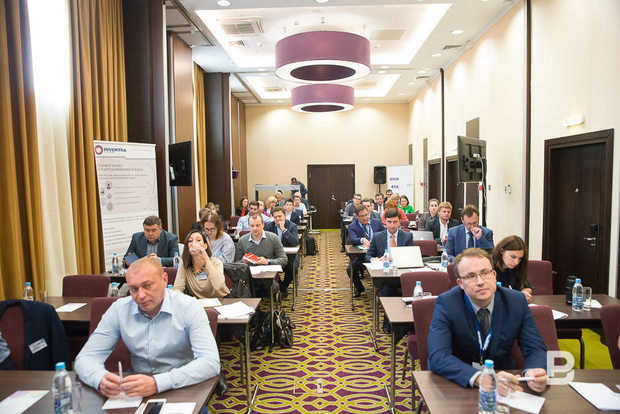
Answering to the question from the audience about the termination of the license for polycarbonate production, obtained from the corporation Аsahi Kasei Chemicals Corporation, Pavel Trofimov noted that it would not affect the market.''The license terminated in 2018, but nothing will change for the consumer. It's just a restriction imposed by the licensor in terms of openness of the company. We didn't have the opportunity to realise polycarbonate in some markets. For example, we could not enter the markets of Japan, although now we are actively receiving applications on the purchase of our polycarbonate from there,'' said Pavel Trofimov.
The markets, lost by polycarbonate producers
Quite emotional was the speech by Anton Debabov, expert of the Association of producers and sellers of polycarbonate. He urged participants of polycarbonates market to understand where to sell the products, he noted that the quality of polycarbonates varies. For example, before molding grades of polycarbonate were used for CD production. However, after the appearance of other types of data carriers the market of CDs declined.
A similar story happened to bottles for coolers. ''Bottles still exist, but now polycarbonate is being replaced by other types of plastic. In this sector, PC is becoming less necessary. By itself, polycarbonate is not necessary, it is the products of it that are necessary. Not only the manufacturers of products should think about that but also PC manufacturers. Because we create this industry together, and if PC will lose its competitive edge as material, then we will lose our business,'' said Anton Debabov.

However, polycarbonates market is unlikely to suffer from changes in demand from manufacturers of bottles for coolers as people continue to build houses, to erect greenhouses and roads with the use of polycarbonates. The expert complained that the plastic producers could not offer their services for the construction of the stadium Krasnodar, Dinamo — VTB Arena, Volgograd and others. It is particularly sad that the producers of raw materials did not take into account the objects of the Little Ring of the Moscow Railway.
''Not only they first wanted to make all the roofs on the platforms from PC, they even wanted to take the entire railroad in the glass pipe. It would be enough work for all plants for years. In the end, the sheds were covered with standing seam roof, which is more expensive than PC two times, and by perimeters they put perforated metal. Because we couldn't prove that PC can be used there,'' said Anton Debabov.
Before, in the Railways all the roofs were made of PC, and now at all branches of the Moscow region and in St. Petersburg there is a strategic programme to replace PC on seam roof. The reason for the replacement is that originally there was installed cheap cover of polycarbonate. Over time it turned yellow, there were holes from hail. Due to incorrect installation the awnings were broken with wind, and they flew into the glass of passing trains. Of course, for the second time not a single official would protect the platform of the railway with such material. In conclusion, Anton Debabov urged participants of the market of polycarbonates to consolidate and resume the work of the Association of producers and sellers of polycarbonate.
